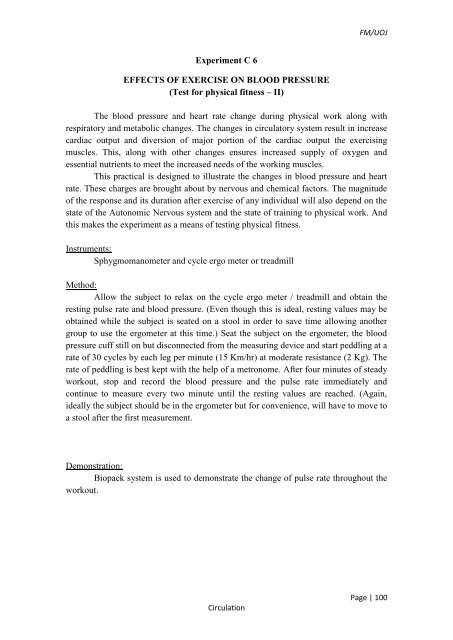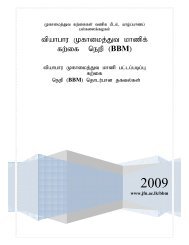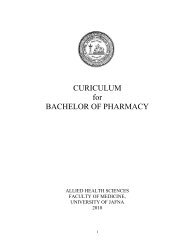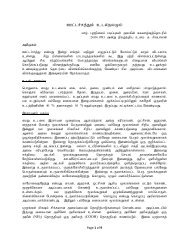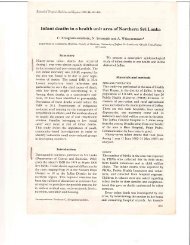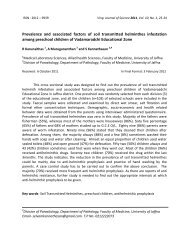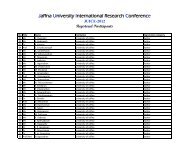MANUAL PHYSIOLOGY PRACTICAL - Repository:The Medical ...
MANUAL PHYSIOLOGY PRACTICAL - Repository:The Medical ...
MANUAL PHYSIOLOGY PRACTICAL - Repository:The Medical ...
You also want an ePaper? Increase the reach of your titles
YUMPU automatically turns print PDFs into web optimized ePapers that Google loves.
FM/UOJ<br />
Experiment C 6<br />
EFFECTS OF EXERCISE ON BLOOD PRESSURE<br />
(Test for physical fitness – II)<br />
<strong>The</strong> blood pressure and heart rate change during physical work along with<br />
respiratory and metabolic changes. <strong>The</strong> changes in circulatory system result in increase<br />
cardiac output and diversion of major portion of the cardiac output the exercising<br />
muscles. This, along with other changes ensures increased supply of oxygen and<br />
essential nutrients to meet the increased needs of the working muscles.<br />
This practical is designed to illustrate the changes in blood pressure and heart<br />
rate. <strong>The</strong>se charges are brought about by nervous and chemical factors. <strong>The</strong> magnitude<br />
of the response and its duration after exercise of any individual will also depend on the<br />
state of the Autonomic Nervous system and the state of training to physical work. And<br />
this makes the experiment as a means of testing physical fitness.<br />
Instruments:<br />
Sphygmomanometer and cycle ergo meter or treadmill<br />
Method:<br />
Allow the subject to relax on the cycle ergo meter / treadmill and obtain the<br />
resting pulse rate and blood pressure. (Even though this is ideal, resting values may be<br />
obtained while the subject is seated on a stool in order to save time allowing another<br />
group to use the ergometer at this time.) Seat the subject on the ergometer, the blood<br />
pressure cuff still on but disconnected from the measuring device and start peddling at a<br />
rate of 30 cycles by each leg per minute (15 Km/hr) at moderate resistance (2 Kg). <strong>The</strong><br />
rate of peddling is best kept with the help of a metronome. After four minutes of steady<br />
workout, stop and record the blood pressure and the pulse rate immediately and<br />
continue to measure every two minute until the resting values are reached. (Again,<br />
ideally the subject should be in the ergometer but for convenience, will have to move to<br />
a stool after the first measurement.<br />
Demonstration:<br />
Biopack system is used to demonstrate the change of pulse rate throughout the<br />
workout.<br />
Circulation<br />
Page | 100


